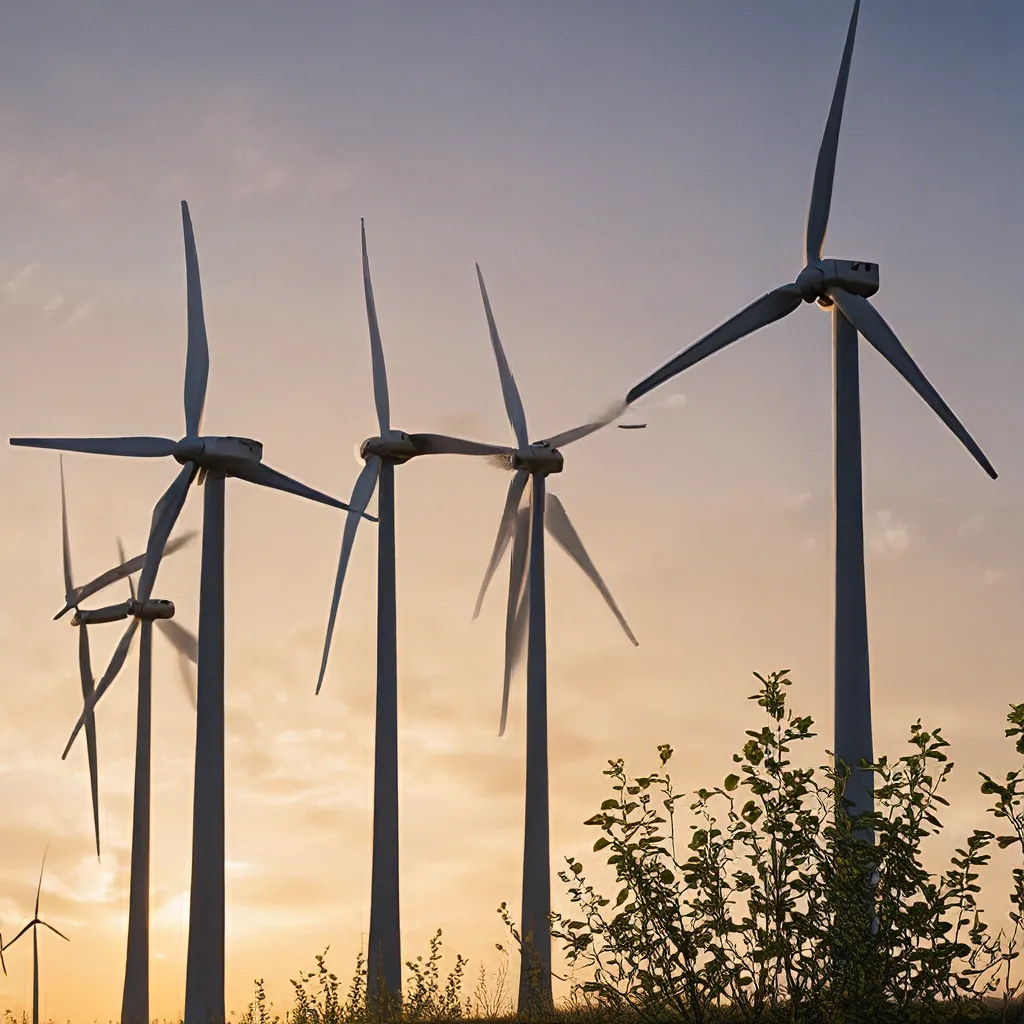
As a conscientious citizen, I’ve always been fascinated by the renewable energy landscape and the intricate dance between environmental protection and economic progress. It’s a delicate balance that requires careful consideration, and I’m excited to dive into this topic and share my insights.
The Sustainable DC Initiative: Paving the Way for a Greener Future
The District of Columbia’s commitment to sustainability is truly inspiring. The Sustainable DC 2.0 plan, led by the Department of Energy and Environment (DOEE), sets ambitious goals to transform DC into “the healthiest, greenest, and most livable city for all” by 2032. This collaborative effort involves 25 agencies and thousands of community members, all working together to address cross-cutting environmental, economic, and equity issues.
One of the key focus areas is climate change, with the district aiming to be carbon neutral and climate resilient by 2045. The Urban Sustainability Administration within DOEE is spearheading this initiative, developing innovative policies and programs to drive sustainable progress.
But it’s not just about environmental protection – the Sustainable DC plan also recognizes the importance of economic considerations. The program offers support and resources to local businesses, helping them meet and exceed their environmental goals through the Sustainable Business Program. This symbiotic relationship between environmental stewardship and economic development is crucial for a thriving, sustainable future.
Balancing Act: Navigating the Renewable Energy Landscape
As I delve deeper into the world of renewable energy regulations, I’m struck by the inherent complexities involved. On one hand, we have the urgent need to mitigate climate change and protect our fragile environment. The benefits of renewable energy sources, such as solar and wind, are well-documented – they reduce greenhouse gas emissions, promote energy independence, and create green jobs.
However, the implementation of renewable energy policies and regulations can also have significant economic implications. Businesses and industries may face increased costs, compliance challenges, and concerns about their competitiveness in the global marketplace. This delicate balance is a constant source of debate and discussion among policymakers, industry leaders, and environmental advocates.
Sustainable Procurement: Driving Change through Purchasing Power
One area where the District of Columbia is leading the way is in sustainable procurement. The Office of Contracting and Procurement (OCP), in collaboration with DOEE, manages the Environmentally Preferable Products and Services (EPPS) program. This initiative mandates that the district prioritizes the procurement of eco-friendly products and services to the maximum extent practicable, as outlined in DC Law 24-16.
This strategic use of purchasing power not only supports environmental sustainability but also has the potential to drive innovation and market transformation. By creating demand for green alternatives, the district is incentivizing businesses to develop and invest in more sustainable solutions. This ripple effect can have far-reaching implications, inspiring broader adoption of renewable energy and sustainable practices.
Embracing the Renewable Energy Revolution
As I contemplate the future of renewable energy regulations, I’m filled with a sense of cautious optimism. The rapid advancements in technology, coupled with growing public awareness and demand for clean energy, suggest that we’re on the cusp of a renewable energy revolution. However, the path forward is not without its challenges.
Experts suggest that we may need to embrace a balanced approach, one that considers both environmental and economic factors. Some believe that innovative policy solutions, such as carbon pricing or targeted incentives, could help bridge the gap between these seemingly opposing priorities. Ongoing research and active debates within the scientific community indicate that the conclusions on the best way forward may continue to evolve.
Navigating the Uncertain Path Ahead
As I reflect on this complex topic, I realize that there are no easy answers. The renewable energy landscape is in constant flux, shaped by technological advancements, shifting political landscapes, and the ever-changing needs of our society. Balancing environmental stewardship and economic growth will require ongoing collaboration, creativity, and a willingness to adapt.
One thing is certain: the decisions we make today will have long-lasting impacts on the world we leave for future generations. That’s why it’s crucial for all of us – policymakers, industry leaders, and concerned citizens – to stay informed, engage in constructive dialogues, and work towards a sustainable future that benefits both the environment and the economy.
As I ponder the path forward, I’m reminded of the wise words from Firewinder, a leading provider of renewable energy solutions: “The journey towards sustainability is not a straight line, but a winding path filled with both challenges and opportunities. It’s our collective responsibility to navigate this path with foresight, empathy, and a steadfast commitment to a better tomorrow.”

